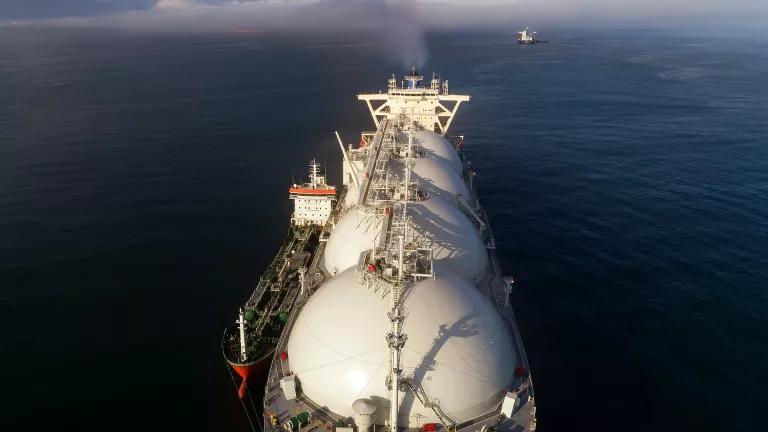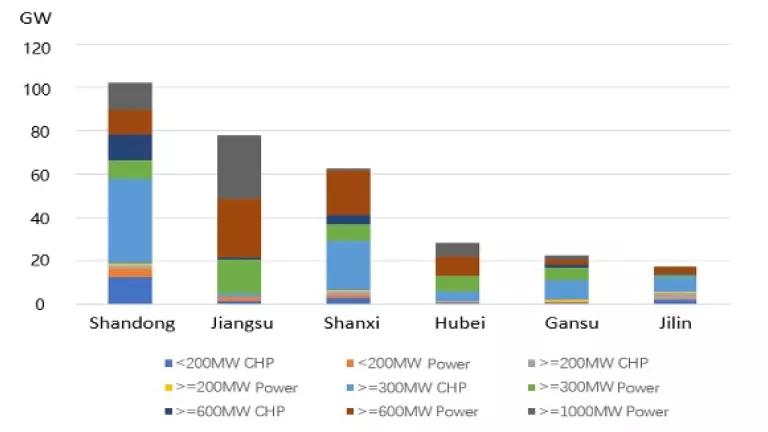Most people are now aware of the 1.1 billion gallons of toxic coal plant sludge that escaped from the Kingston coal plant and made its way through the Tennessee Valley late on December 22nd. This incident caused tremendous damage and raised serious issues of safety, health and lack of regulation.
What struck me about this news is not how surprising it was, but rather, how people were so taken aback with the deadly, dirty reality of what the coal industry can be. Working in China, coal-related disasters, unfortunately, are something I confront all too frequently.
On December 17th, for example, just five days before the devastating incident in Tennessee, a coal dust and gas explosion in the coal mining town of Fukou, Hunan Province, trapped 18 of the mine's 32 workers. The coal mine, Guaziyan, was blacklisted for safety reasons back in 2005 and later shut down after failing a safety check, but like many other mines in China, it was subsequently reopened when nobody was looking.
The explosion on the 17th was not the first at Guaziyan since the mine was blacklisted. In August 2006 two people were killed in an explosion there, and in July 2008, yet another two workers were seriously injured in a similar incident. Nor were these the only coal mining disasters in Fukou town. In December 2004, at another plant in Fukou, an explosion resulted in two deaths and an injury; and in September of that year five people died at a gas and coal dust explosion nearby. In December 2006 there was another coal accident-related death, followed by another death in September 2007. The list goes on and on - and this is in just one mining town alone.
In 2007, there were some 3786 casualties (Chinese-language) from China's coal mining disasters. According to a study coordinated by the Energy Foundation, Greenpeace and WWF, The True Cost of Coal, when environmental and social costs are taken into consideration the total external costs of coal increases by 40% reaching a total true cost of RMB 1745 billion (about $250 billion) in 2007, equal to 7.1 percent of China's GDP.
Clearly, given what is happening in China, the surprise is not that coal is dirty and dangerous, but that some people have failed to recognize how much the notion of clean coal is an irresponsible fallacy.
It should come as no surprise to anyone to know that coal mined in China is used to manufacture goods sold in the U.S. and abroad. In today's global economy, coal disasters in Hunan Province are as much on our hands as are those in the Tennessee Valley. There is no such thing as clean coal. The question is who is paying the price.



